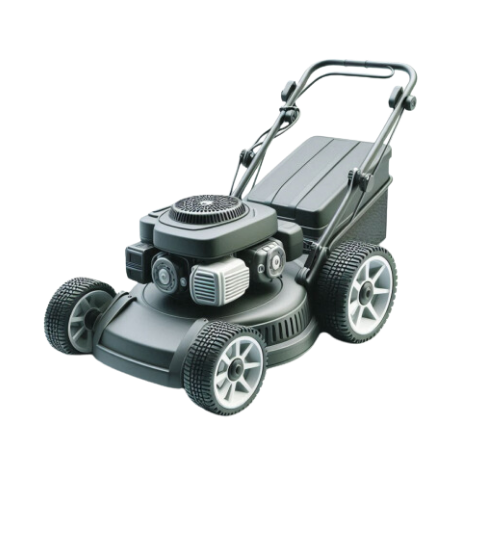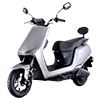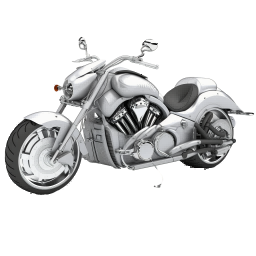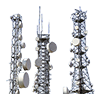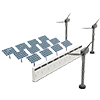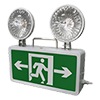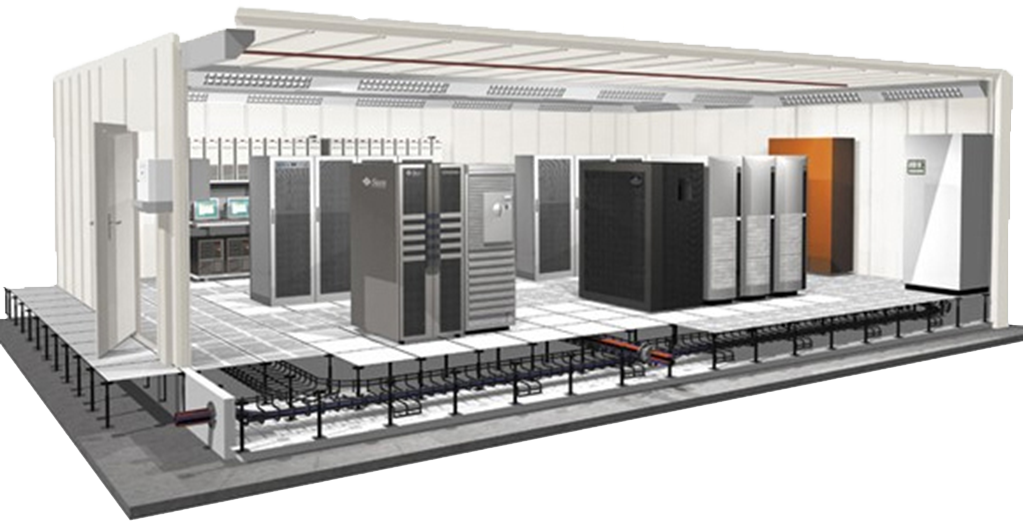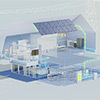-
-
Transportation
-
Lead-acid battery
-
Sodium battery
-
Industrial Applications
-
Lead-acid battery
-
Lithium battery
-
-
-
Resources
Resource Center that assists customers in problem-solving through providing a rich array of product resources.
-
Resources
-
News & Events
-
Learning
-
-
-
Services and Supports
Try professional and convenient services of OUTDO to push your Businesses into success.
-
Services and Supports
-
Outdo Services
-
Outdo Supports
-
-
-
About Us
OUTDO CORP is the world-renowned battery manufacturer and power solutions provider
-
About Us
-
Explore Outdo
-
Contact Us
-
Follow Us

<svg t="1709037577113" class="icon" viewBox="0 0 1025 1024" version="1.1" xmlns="http://www.w3.org/2000/svg" p-id="6839" width="200" height="200"><path d="M919.307378 0 104.692622 0C46.925334 0 0 46.812397 0 104.692622L0 919.307378c0 57.880225 46.925334 104.692622 104.692622 104.692622L919.307378 1024c57.880225 0 104.805559-46.755928 104.805559-104.692622L1024.112937 104.692622C1024.112937 46.812397 977.187603 0 919.307378 0zM901.463329 225.478769c0 0-151.617955-55.339142-151.617955 57.259071l0 85.041579 147.891033 0-13.100695 140.493658-134.790339 0 0 478.796515-181.150987 0L568.694386 508.273078 479.925885 508.273078 479.925885 367.77942l88.768501 0L568.694386 282.737841 568.694386 220.001323c0 0-1.863461-114.122863 146.987537-146.987537 104.466748-23.15209 206.053601 10.220801 206.053601 10.220801L901.463329 225.478769z" p-id="6840"></path></svg>
View more<svg t="1709037647549" class="icon" viewBox="0 0 1024 1024" version="1.1" xmlns="http://www.w3.org/2000/svg" p-id="7941" width="200" height="200"><path d="M919.759462 318.994613c0-9.605475-0.184234-19.102577-0.608696-28.534655 41.060787-30.595551 76.68666-68.894629 104.863684-112.720738a403.247526 403.247526 0 0 1-120.68436 33.017692c43.401647-26.708567 76.68666-69.423851 92.415219-120.68436-40.638132 24.645865-85.589515 42.265535-133.383889 51.446549-38.295465-43.575045-92.944441-71.329413-153.358869-72.360764-116.027926-1.918205-210.084998 96.132418-210.084999 218.973404 0 17.460724 1.826088 34.394031 5.451171 50.745736-174.722834-11.243716-329.55016-102.190479-433.116978-239.293373-18.071226 32.847907-28.438925 71.237296-28.438925 112.377556 0 77.811934 37.090717 146.970271 93.44657 187.779994-34.500598-1.560574-66.819283-12.009553-95.166091-29.141545v2.85744c0 108.752474 72.440238 199.870827 168.560013 221.13003-17.621477 5.012259-36.207475 7.62044-55.322696 7.526516a191.542349 191.542349 0 0 1-39.500214-4.325895c26.708567 89.120675 104.332655 154.231274 196.231295 156.400543-71.923659 59.635948-162.525433 95.258208-260.892145 95.00895-16.960401 0-33.720311-1.137918-50.15149-3.200621 93.011271 63.80109 203.418242 100.960443 322.104923 100.960443 386.350343 0.092117 597.636477-336.191629 597.636477-627.962902z" fill="#231815" p-id="7942"></path></svg>
View more<svg t="1709037821478" class="icon" viewBox="0 0 1024 1024" version="1.1" xmlns="http://www.w3.org/2000/svg" p-id="12166" width="200" height="200"><path d="M260.096 155.648c0 27.307008-9.899008 50.516992-29.696 69.632-19.796992 19.115008-45.396992 28.672-76.8 28.672-30.036992 0-54.612992-9.556992-73.728-28.672-19.115008-19.115008-28.672-42.324992-28.672-69.632 0-28.672 9.556992-52.224 28.672-70.656 19.115008-18.432 44.372992-27.648 75.776-27.648 31.403008 0 56.32 9.216 74.752 27.648 18.432 18.432 28.331008 41.984 29.696 70.656 0 0 0 0 0 0m-202.752 808.96c0 0 0-632.832 0-632.832 0 0 196.608 0 196.608 0 0 0 0 632.832 0 632.832 0 0-196.608 0-196.608 0 0 0 0 0 0 0m313.344-430.08c0-58.708992-1.364992-126.292992-4.096-202.752 0 0 169.984 0 169.984 0 0 0 10.24 88.064 10.24 88.064 0 0 4.096 0 4.096 0 40.96-68.267008 105.812992-102.4 194.56-102.4 68.267008 0 123.220992 22.868992 164.864 68.608 41.643008 45.739008 62.464 113.664 62.464 203.776 0 0 0 374.784 0 374.784 0 0-196.608 0-196.608 0 0 0 0-350.208 0-350.208 0-91.476992-33.451008-137.216-100.352-137.216-47.787008 0-81.236992 24.576-100.352 73.728-4.096 8.192-6.144 24.576-6.144 49.152 0 0 0 364.544 0 364.544 0 0-198.656 0-198.656 0 0 0 0-430.08 0-430.08 0 0 0 0 0 0" fill="#272636" p-id="12167"></path></svg>
View more<svg t="1709037745931" class="icon" viewBox="0 0 1024 1024" version="1.1" xmlns="http://www.w3.org/2000/svg" p-id="10005" width="200" height="200"><path d="M512 359.657143c-83.885714 0-152.342857 68.457143-152.342857 152.342857S428.114286 664.342857 512 664.342857 664.342857 595.885714 664.342857 512 595.885714 359.657143 512 359.657143zM968.914286 512c0-63.085714 0.571429-125.6-2.971429-188.571429-3.542857-73.142857-20.228571-138.057143-73.714286-191.542857-53.6-53.6-118.4-70.171429-191.542857-73.714285-63.085714-3.542857-125.6-2.971429-188.571428-2.971429-63.085714 0-125.6-0.571429-188.571429 2.971429-73.142857 3.542857-138.057143 20.228571-191.542857 73.714285C78.4 185.485714 61.828571 250.285714 58.285714 323.428571c-3.542857 63.085714-2.971429 125.6-2.971428 188.571429s-0.571429 125.6 2.971428 188.571429c3.542857 73.142857 20.228571 138.057143 73.714286 191.542857 53.6 53.6 118.4 70.171429 191.542857 73.714285 63.085714 3.542857 125.6 2.971429 188.571429 2.971429 63.085714 0 125.6 0.571429 188.571428-2.971429 73.142857-3.542857 138.057143-20.228571 191.542857-73.714285 53.6-53.6 70.171429-118.4 73.714286-191.542857 3.657143-62.971429 2.971429-125.485714 2.971429-188.571429zM512 746.4c-129.714286 0-234.4-104.685714-234.4-234.4S382.285714 277.6 512 277.6 746.4 382.285714 746.4 512 641.714286 746.4 512 746.4z m244-423.657143c-30.285714 0-54.742857-24.457143-54.742857-54.742857s24.457143-54.742857 54.742857-54.742857 54.742857 24.457143 54.742857 54.742857a54.674286 54.674286 0 0 1-54.742857 54.742857z" p-id="10006"></path></svg>
View more<svg t="1734743183044" class="icon" viewBox="0 0 1024 1024" version="1.1" xmlns="http://www.w3.org/2000/svg" p-id="4454" width="200" height="200"><path d="M832 128l-640 0c-105.59488 0-192 86.40512-192 192l0 384c0 105.59488 86.40512 192 192 192l640 0c105.59488 0 192-86.40512 192-192l0-384c0-105.59488-86.40512-192-192-192zM384 768l0-512 320 256-320 256z" fill="#d81e06" p-id="4455"></path></svg>
View more -
Understanding the Charging and Discharging Characteristics of Lead-Acid Batteries: Enhancing Efficiency and Safety
Release time:
2025-03-13
Share:
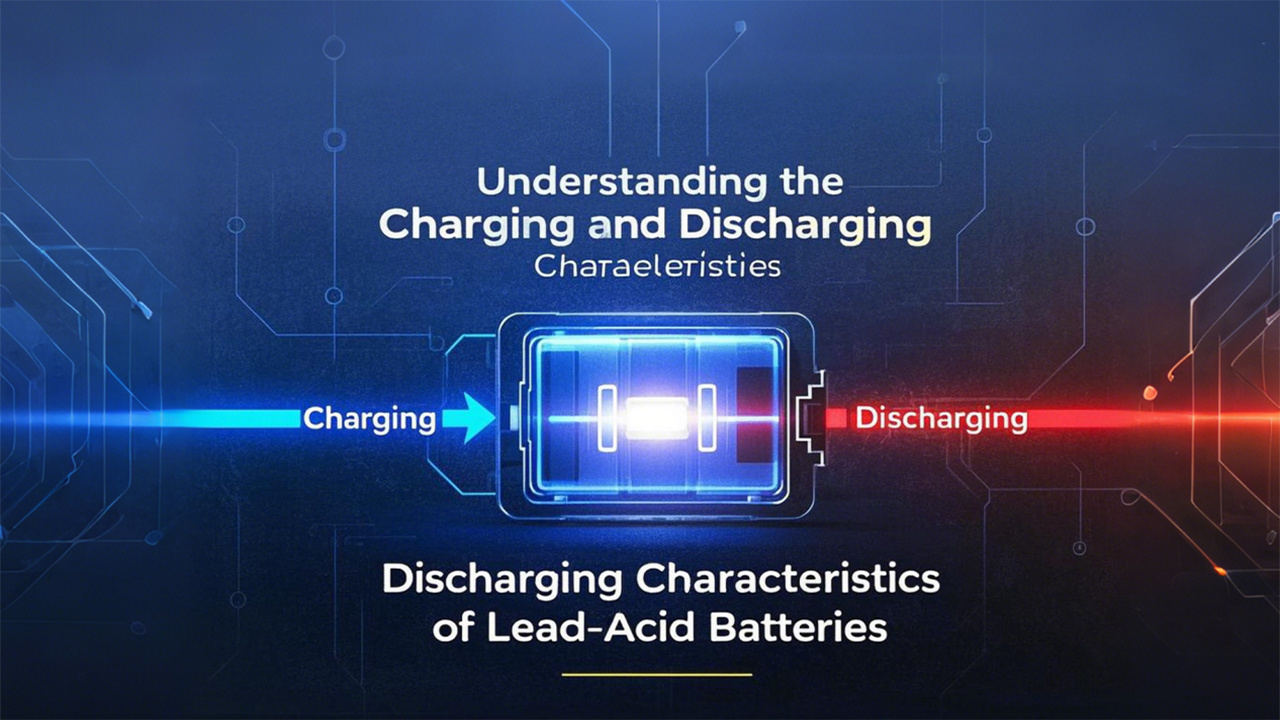
Introduction
As a classic energy storage device, lead-acid batteries have been with us for many years. From home UPS systems to automotive batteries, they dominate various fields due to their reliability and cost-effectiveness. However, to ensure their long-term and stable performance, understanding their charging and discharging characteristics is crucial. This article will explain the principles of charging and discharging lead-acid batteries in an easy-to-understand way, helping you improve battery efficiency and ensure safety in practical applications.
1. How Do Lead-Acid Batteries Work?
Before diving into charging and discharging, let’s first understand how lead-acid batteries store and release energy.
Lead-acid batteries operate through chemical reactions between lead, lead oxide, and an electrolyte (sulfuric acid). During charging, lead and lead oxide convert into lead sulfate, while discharging reverses the process, generating electrical energy. Simply put, a lead-acid battery acts as an "energy warehouse," storing and releasing power through chemical reactions.
2. Charging: The Secret to Fully Charging a Battery
Charging is crucial to the performance of a lead-acid battery. You may not realize it, but lead-acid batteries don’t charge instantly—there are three key stages in the charging process, each playing an essential role.
2.1 Stage One: Fast Charging Begins!
When you start charging a lead-acid battery, it enters the "bulk charge" stage. At this point, the charger supplies a high current, causing the battery voltage to rise rapidly, and the charging speed is relatively fast. However, charging won’t remain this fast; in the next stage, the charging current will gradually decrease.
2.2 Stage Two: Gradually Approaching Full Charge
As the battery voltage approaches the set value (typically between 14.4V and 14.8V), the charger begins to "slow down"—this is the "absorption charge" stage. During this phase, the charging current gradually decreases, and the charging process slows until the battery is fully charged.
2.3 Stage Three: Maintaining the Charge
Finally, the battery enters the "float charge" stage. At this stage, the battery maintains a relatively low voltage (between 13.2V and 13.8V), and the charger continues to provide a small current to prevent the battery from self-discharging over time. This stage creates a "comfortable environment" for the battery, avoiding overcharging or deep discharge, ensuring long-term optimal performance.
3. Discharging: How to Efficiently Release Battery Power
Discharging is another critical characteristic of lead-acid batteries, directly affecting their lifespan and efficiency. Understanding the discharge process can help maximize battery usage.
3.1 Depth of Discharge: Don’t Overwork the Battery
You may have heard of the term "Depth of Discharge" (DoD), which refers to how much of the battery’s capacity is used. The deeper the discharge, the greater the strain on the battery, shortening its lifespan.
Generally, the depth of discharge for lead-acid batteries should not exceed 50%. For example, if a battery has a total capacity of 100Ah, it is recommended not to discharge more than 50Ah. This approach helps the battery operate with less stress and extends its lifespan.
3.2 Discharge Rate: Slow Down to Conserve Energy
The discharge rate refers to the amount of current drawn from the battery. The higher the current, the faster the voltage drops, reducing the battery’s effective capacity. To optimize performance, avoid high-current loads and opt for slower discharges.
For instance, if you discharge 50Ah within one hour, the effective output might be only 40Ah due to efficiency loss. However, if you extend the discharge time, the battery can deliver more usable energy.
3.3 Cutoff Voltage: Stop Discharging at the Right Time
Every lead-acid battery has a minimum voltage threshold (typically between 10.5V and 11V). If the voltage drops below this limit, the battery enters an "over-discharge" state, which can cause irreversible damage. To prevent this, avoid running the battery at low voltage for extended periods.
4. How to Improve Lead-Acid Battery Charging and Discharging Efficiency
Although using a lead-acid battery is straightforward, certain optimizations can enhance efficiency and extend battery life.
4.1 Choose the Right Charger
A smart charger can automatically adjust the charging current and adapt to temperature changes, preventing overcharging or deep discharge. When purchasing a charger, opt for one with temperature control and intelligent adjustment features for better battery health.
4.2 Control Battery Temperature
Temperature significantly affects battery performance. Excessive heat can reduce efficiency and even lead to overcharging. Keeping the battery within an optimal temperature range (20°C to 25°C) is crucial. Proper ventilation or external cooling measures can help regulate battery temperature.
4.3 Regularly Check Battery Condition
Periodically checking the electrolyte levels and refilling with distilled water can effectively extend battery life. Additionally, inspecting battery terminals for corrosion ensures stable charging and discharging performance.
4.4 Proper Use and Maintenance
Avoid fully charging or completely discharging the battery. Instead, maintain a reasonable charging and discharging cycle. Regularly charging the battery and preventing deep discharges can significantly extend its lifespan.
Conclusion
By gaining a clearer understanding of the charging and discharging characteristics of lead-acid batteries, you can use them more efficiently and ensure a stable power supply in daily applications. Furthermore, proper charging and discharging techniques can greatly extend battery life, saving costs in the long run. While lead-acid batteries may not be as advanced as lithium batteries, their mature technology and reliable performance still make them a key player in many applications. By following the correct usage methods, your lead-acid battery can achieve "long-lasting life."
FAQ
Latest Information
Zhangzhou Huawei Power Supply Technology Co., Ltd.
86-596-8991888
Related link:

Official Account
We use optional cookies to improve your experience on our website through social media connections and other means, and place personalized advertisements based on your online activities. If you reject the optional cookies, we will only use the necessary cookies to provide you with the service. Privacy Statement
Sorry,当前栏目暂无内容!
您可以查看其他栏目或返回 首页
Sorry,The current column has no content!
You can view other columns or return Home

